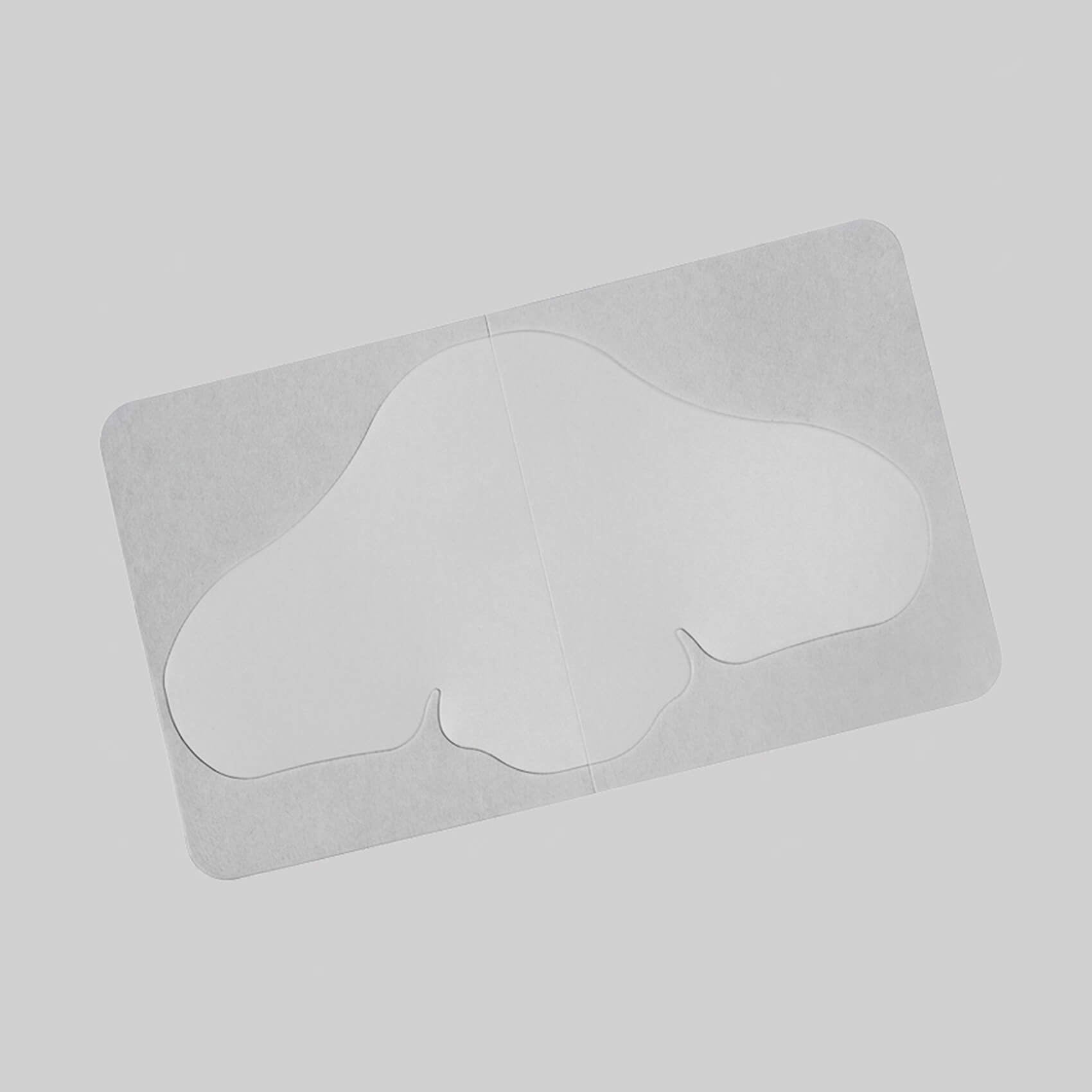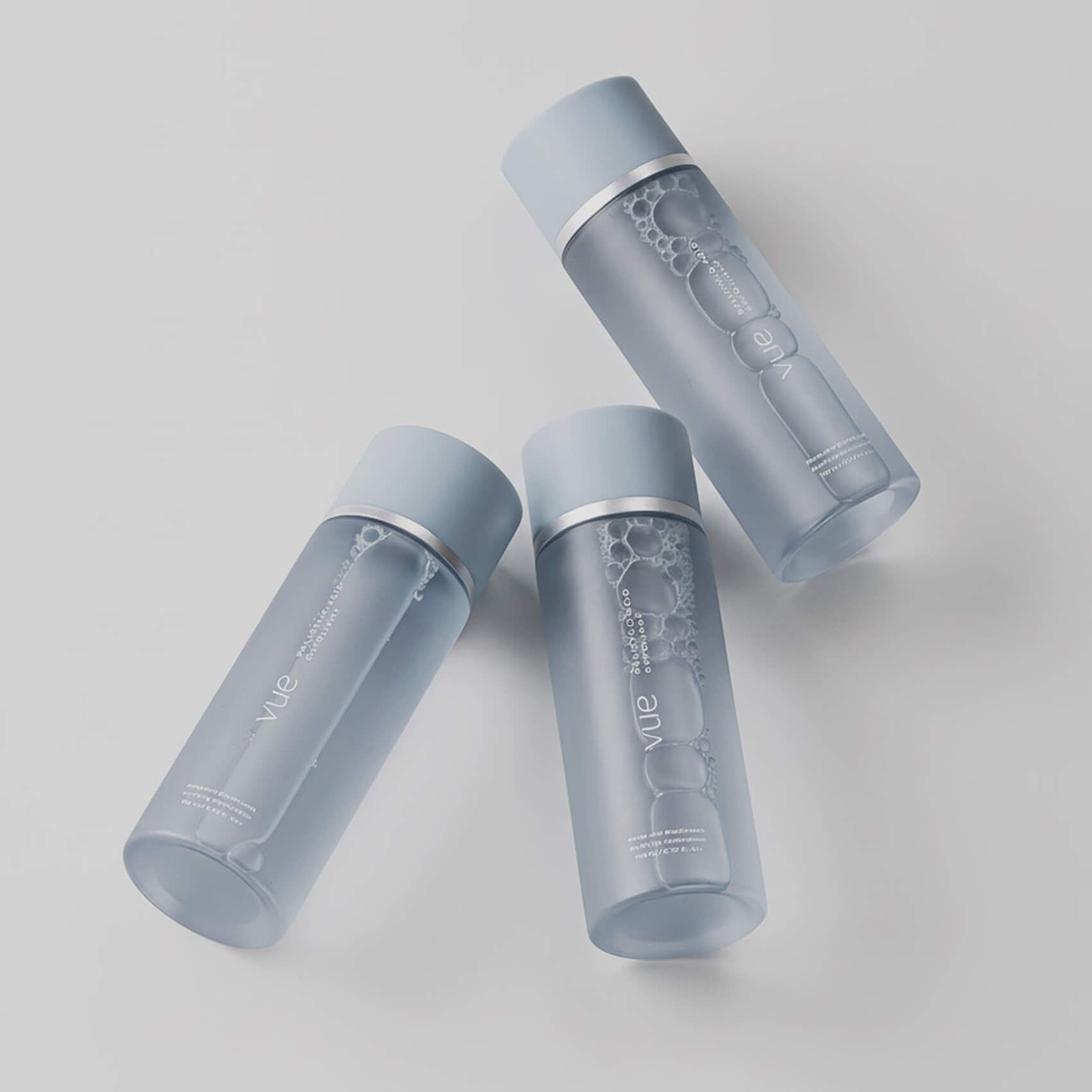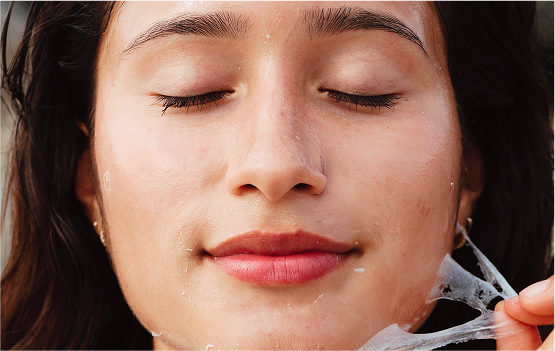Despite your best efforts, those stubborn spots on your skin might not be blackheads. Meet sebaceous filaments, a common skincare concern often mistaken for blackheads. But don't fret; we've got advice from dermatologists to help you tackle them.
Introduction:
So, you've tried pore strips, exfoliation, and every trick in the book to banish those pesky dark spots on your skin, but they just won't budge. Chances are, you're dealing with sebaceous filaments, not blackheads. We've consulted dermatologists for expert insights to help you understand, manage, and minimize these little skin companions.
Your Skin's Sebaceous Filaments
Let’s clarify the difference between blackheads and sebaceous filaments. While blackheads result from pore blockages by dead skin cells and sebum, sebaceous filaments occur when hair follicles produce excess sebum, without blockages.

What are Sebaceous Glands?
Your skin is home to sebaceous glands, tiny structures connected to hair follicles. These glands secrete sebum, a mixture of various fats, which travels to your skin's surface through pores. Sebaceous filaments are comprised of keratinized lining from the upper part of hair follicles, often resembling blackheads.
Where Sebaceous Filaments Appear
Clogged pores aren't exclusive to your face; they can occur wherever sebaceous glands are present on your body. While sebaceous glands are abundant on your face and scalp, they can also cause breakouts on your back, chest, and buttocks. Sebum plugs can sometimes resemble tiny black dots, although they are naturally clearish-yellow.
How to Manage Sebaceous Filaments
Sebaceous filaments may be harmless, but if you're keen to minimize their appearance, you're in luck. Here are steps to address them, coincidentally helpful for dealing with clogged pores:
Step 1: Hands Off! Avoid squeezing or over-exfoliating sebaceous filaments, as it may lead to scarring and hyperpigmentation without significant benefits.
Step 2: Gentle Cleansing - Use a morning salicylic acid wash, known for shedding the outer skin layer. Consider a cleanser with both salicylic and glycolic acids for enhanced pore-clearing.
Step 3: DIY Pore-Clearing At-home treatments like AHA/BHA facials or charcoal masks can help clear pores. A popular method involves using liquid BHA, clay masks, and cleansing oil.
Step 4: Hydrocolloid Nose Patches - Your New BFF for Clear Skin! These skin saviors tighten and unclog pores, absorb excess sebum and dirt, and provide deep cleansing without irritation. They're suitable for all skin types, making them an excellent choice.
Conclusion:
Sebaceous filaments are a natural part of your skin, and while they may not be entirely avoidable, you can manage them effectively. Follow the advice from dermatologists and consider incorporating hydrocolloid nose patches into your skincare routine. Embrace the journey to healthier, clearer, and more radiant skin, without any squeezing or scarring.
Explore Vue’s complete product range and elevate your skincare game to achieve visible results.
















